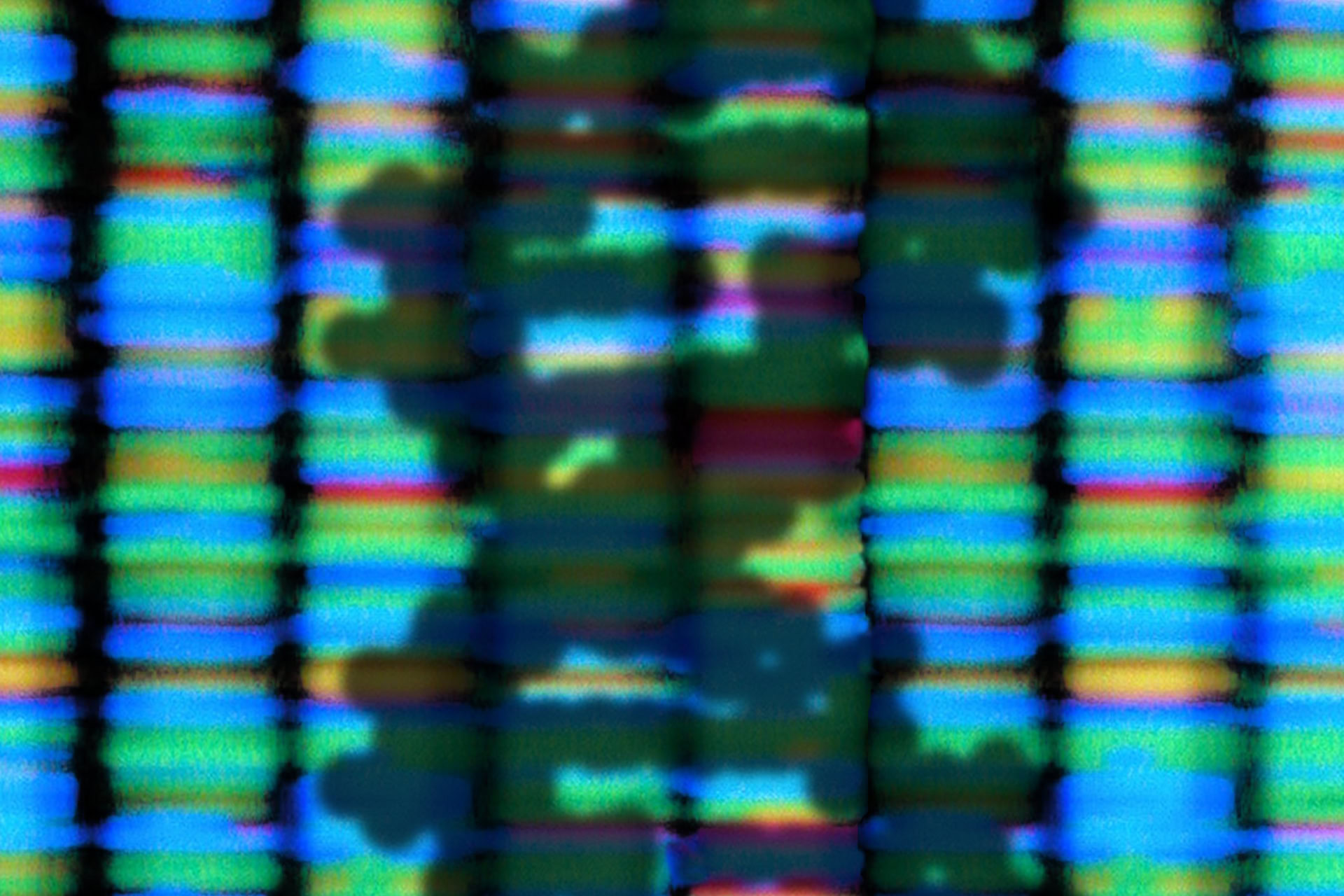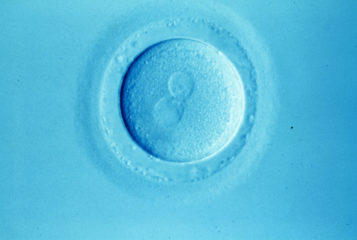A single gene linked to morbid obesity in a family in Israel also causes obesity and diabetes when deleted in mice.
The gene, which produces a protein known as CEP19, could be responsible for the onset of obesity, according to research in the American Journal of Human Genetics.
Researchers in Israel examined an Arab family including 13 morbidly obese family members and 31 with a body mass index under 35 and pinpointed that the difference between the two groups was a mutated CEP19 gene.
'This gene is shown to be present not only in humans and mice but also in the simplest known single-cell animal', said Dr John Martignetti, from the Icahn School of Medicine at Mount Sinai Hospital, USA, who led the study.
Next, the team deleted the gene in mice. Those with the mutated CEP19 gene were found to be twice the weight of normal mice with twice the amount of body fat. They were also diabetic, ate more, and moved around less than the control mice.
'The mouse models we have generated, which can be more than twice as heavy as other mice and are insulin resistant, represent important research tools for basic biology and clinical testing', said Dr Martignetti.
Dr Martignetti added that the CEP19 gene 'seems to be fundamental to regulating nutritional status', but larger-scale studies are required for researchers to determine the mechanisms behind its effects.
Professor David Haslam, chair of the National Obesity Forum, told Metro about his 'mixed feelings' on this study, saying 'there's a danger that those with obesity will think changing their lifestyle won't make a difference and so they don't seek treatment or help'.
However, Dr Martignetti believes that 'if we are going to combat this disease, we need to understand its medical basis'.
Sources and References
-
Found: The ‘fat gene’ that runs through generations
-
Do YOU have the 'fat gene'? 90% of obese people could have mutation that means they're programmed to eat more and move less
-
Scientists identify gene that regulates body weight in humans and mice
-
Morbid Obesity Resulting from Inactivation of the Ciliary Protein CEP19 in Humans and Mice





Leave a Reply
You must be logged in to post a comment.